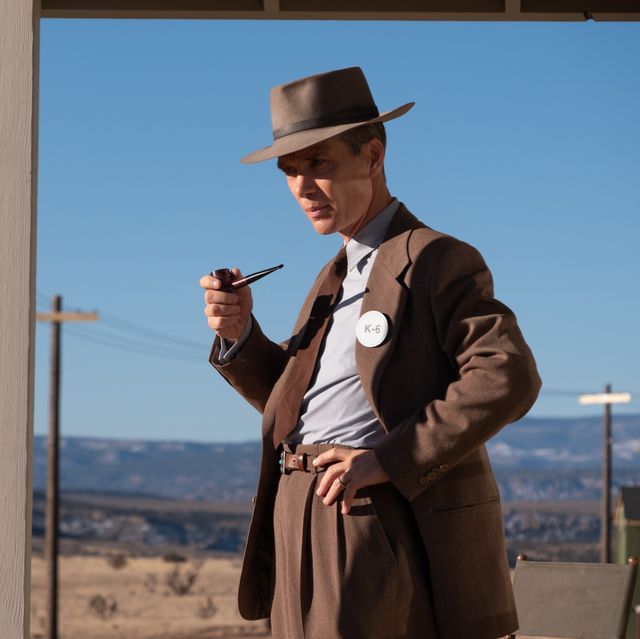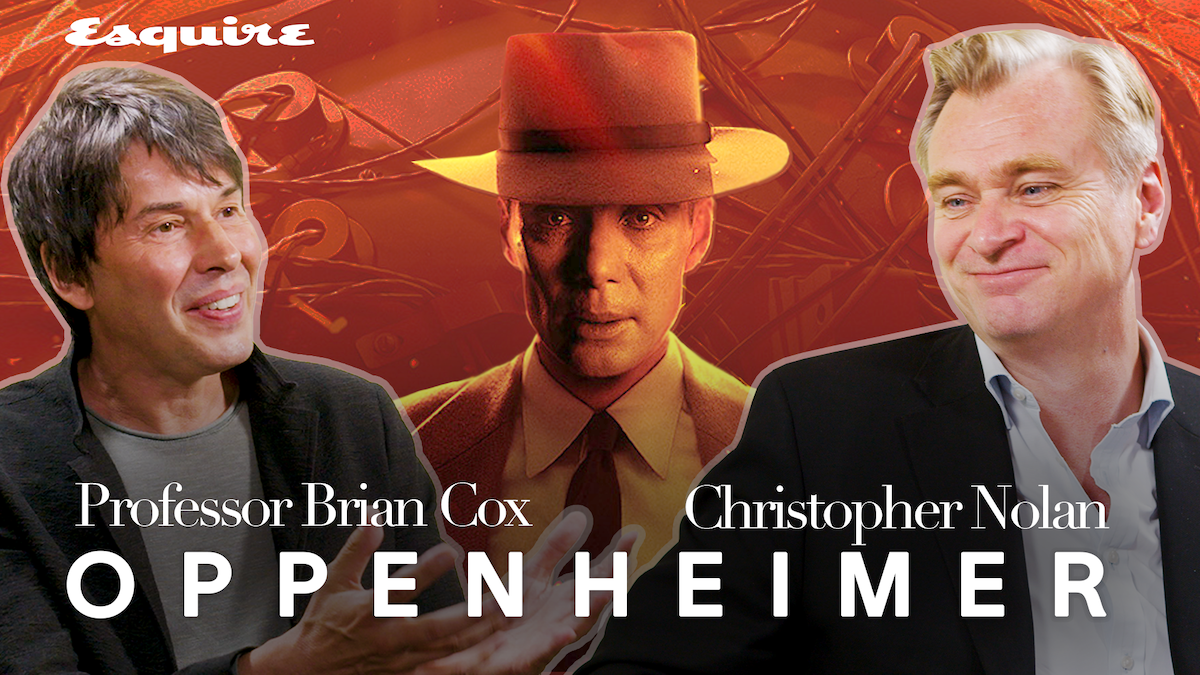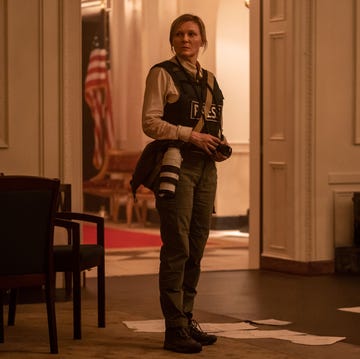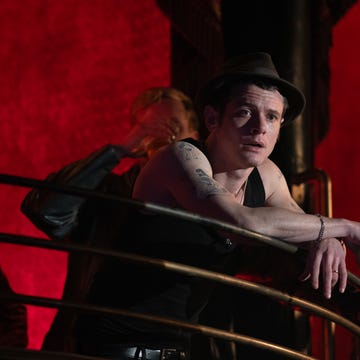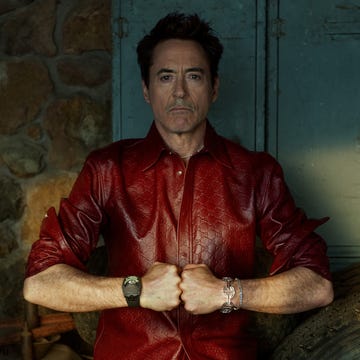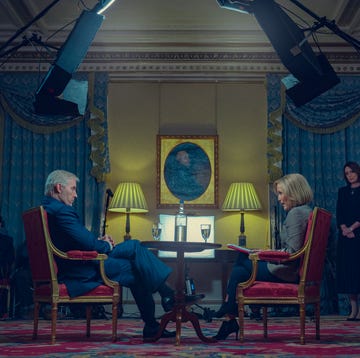In the atomic race for arms; it was America vs. Russia. But amid an era of heightened paranoia and suspicion, one man managed to infiltrate J. Robert Oppenheimer’s Manhattan Project and fed back classified information for the Soviet Union to race ahead in nuclear weapons.
In the Christopher Nolan film, Oppenheimer, during Oppenheimer’s security hearing, the name Chevalier is brought up several times as the authorities try to pin the leak on the fact that they believe Oppenheimer to be a Communist. But, it’s later revealed that the real spy was Klaus Fuchs. So what really happened on an espionage level in Los Alamos?
Who was Chevalier and what was “the Chevalier incident”?
Haakon Chevalier was a professor of French literature and language at the University Of California, Berkeley and he and Oppenheimer met in 1937 and became friends.
In early 1943, Chevalier and his wife had dinner with Oppenheimer and his wife, Kitty, at Oppenheimer's home. While both men were making drinks in the kitchen, Chevalier mentioned that a man named George Eltenton, who worked for the Shell Development Corporation, had told him that he had means of getting technical information to the Russians.
Oppenheimer immediately said he didn’t want anything to do with this, and Chevalier dropped the conversation. The issue was that then Oppenheimer failed to mention this to US security agents later on, and when he eventually did tell them, he refused to give Chevalier’s name, so his friend wouldn’t be implicated. It was his “cock and bull story”, as he calls it in the film, that later trips him up, as US authorities used this lie as evidence that Oppenheimer had “fundamental defects of character”, was a security threat to America, and therefore needed his security clearance revoked.
After the House Subcommittee on Un-American Activities hearing, Chevalier lost his job at Berkeley, and was unable to find another professorship in the US. He moved to France where he worked as a translator, until he died in Paris, aged 83, in 1985.
Who was Klaus Fuchs?
Fuchs was born in Rüsselsheim, Germany in 1911 and studied mathematics and physics at University, as well as becoming involved in politics, joining the Social Democratic Party of Germany and later the Communist Party of Germany.
While Hitler rose to power in the country, Fuchs left, and moved to the UK. Working alongside Nevill Mott, where he earned his PHD in physics at the University of Bristol in 1937. He also received a Doctorate in Science degree from Edinburgh.
When World War II broke out, Fuchs applied for British citizenship, but it couldn’t be processed so he was sent to internment camps in the Isle of Man and then in Canada. By 1942, he had become approved as a British citizen and was working on the Tube Alloys project, the British atomic bomb research project, which he needed to sign the official secrets act for.
A year later, he became an asset of GRU in Britain, and he was transferred to the Russian military intelligence of NKGB.
In 1944, he was sent to Los Alamos, where Oppenheimer was running the Manhattan Project, where he joined the team under the name Karl Fuchs. He did some sterling work here in advancing the technology, and his boss, Hans Bethe said at the time he was “one of the most valuable men in my division" and “one of the best theoretical physicists we had.”
However, Fuchs worked alongside fellow spy Harry Gold in passing on these nuclear advancement secrets to the Russians, which he supplied when he left Los Alamos for trips to Santa Fe. Gold said of the information being passed on: “The work involves mainly separating the isotopes...Simultaneously, the diffusion method is being tried here in the East…Should the diffusion method prove successful, it will be used as a preliminary step in the separation, with the final work being done by the electronic method.”
While Fuchs continued to work at Los Alamos – and was present for the Trinity test blast – after Oppenheimer left, he returned back to the UK in 1946. For the next few years, he passed on the principal theoretical outline for creating a hydrogen bomb; the initial drafts for its development as the work progressed and the results of the test at Eniwetok Atoll of uranium and plutonium bombs.
How was Fuchs found out?
In 1949, US counter-intelligence passed on files to GCHQ that Fuchs was a spy, but the organisation wasn’t entirely sure. Fuchs was then thought to have been tipped off by the British double agent Kim Philby. Despite intense interrogations for two years by MI5’s best agents - according to The Guardian: “Skardon believed that he was blameless, and even told a colleague: ‘You’re barking up the wrong tree. Fuchs is innocent.’”
However, he finally cracked in 1950, and admitted his role and was arrested, charged with violations of the Official Secrets Act. When asked why he had become a spy, he answered: “Knowledge of atomic research should not be the private property of any one country but should be shared with the rest of the world for the benefit of mankind.”
He was sentenced to 14 years in prison and formally stripped of his British citizenship. He served nine years of his sentence, and moved to East Germany when released, where he continued his scientific career, becoming director of the Institute for Nuclear Research in Rossendorf. He died, aged 76, in 1988.
